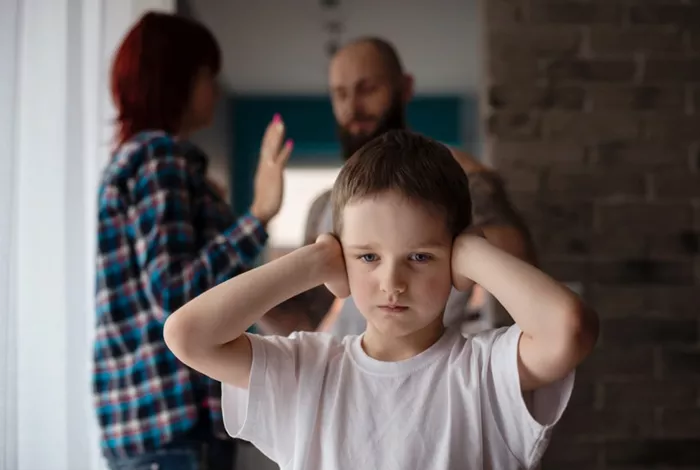Children who experience persistent poverty and parental mental illness throughout childhood face a doubled risk of weapon-related behaviors and encounters with the justice system by age 17, according to a study published in the Journal of Epidemiology & Community Health.
Researchers estimate these factors contribute to nearly one-third of weapon use cases and over a quarter of police contact incidents among 17-year-olds in the UK.
Youth Crime: A Persistent Issue
Youth violence and crime remain pressing global issues. In England and Wales alone, approximately 104,400 first-time offenders entered the criminal justice system in 2020, with 11% of them aged 10 to 17. The study highlights how exposure to persistent adversity early in life significantly increases the likelihood of teen involvement in violence and crime.
Study Overview
The research analyzed data from 9,316 children participating in the UK Millennium Cohort Study. The children’s exposure to poverty and family adversities—such as poor parental mental health—was recorded from birth until age 14. At age 17, participants were surveyed about their involvement in weapon-related activities (such as carrying or using knives) and interactions with law enforcement.
Key findings include:
Weapon use and carriage prevalence: Over 6% of teens reported carrying or using a weapon.
Police contact prevalence: 20% of teens reported being stopped, warned, cautioned, or arrested.
Impact of adversity: Nearly 9% of teens exposed to both poverty and poor parental mental health reported weapon use, compared to 5% of their peers without these exposures. Similarly, 28% of teens from adverse backgrounds had police contact, compared to just over 17% of their counterparts.
Poverty and Adversity’s Lasting Effects
The study revealed that persistent poverty combined with poor parental mental health doubles the risk of weapon use and police contact, even after accounting for factors such as maternal education and ethnicity. Teens in this category were:
- Five times more likely to face arrest or police custody.
- Three times more likely to receive police warnings or cautions.
- Twice as likely to be stopped and questioned by law enforcement.
Population Impact
Researchers estimate that persistent childhood adversity accounts for 32% of weapon-related cases and 23% of police contact incidents among UK 17-year-olds.
Implications for Policy
Although the study is observational and cannot establish cause and effect, the authors emphasize the urgent need for systemic change. “Our analysis provides strong evidence that persistent adversity throughout childhood is strongly associated with risk of involvement in violence and contact with police in adolescence,” they stated.
The researchers advocate for a comprehensive, cross-sector approach involving schools, communities, healthcare providers, and the justice system to address poverty and family adversities. Early intervention and targeted support for vulnerable families could reduce risky behaviors in adolescence and improve long-term outcomes for young people.
This study underscores the importance of tackling the root causes of youth violence through integrated policies and interventions that promote stability and support for at-risk children.
Related topic:
Stigma and Lack of Support Fuel Physician Suicides
HealthLynked Launches ARi: AI-Powered Healthcare Assistant
IIMA Healthcare Summit 2025: Shaping India’s Healthcare Future

